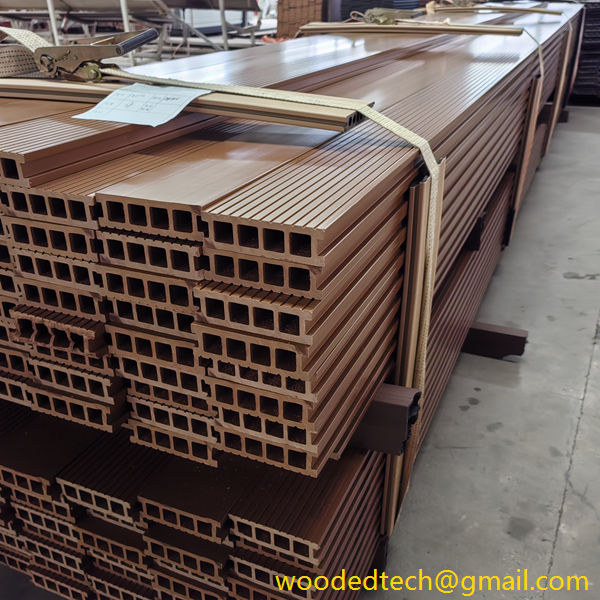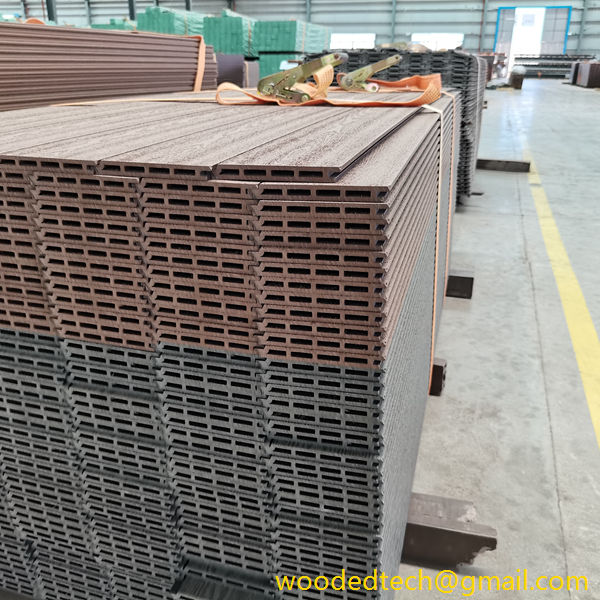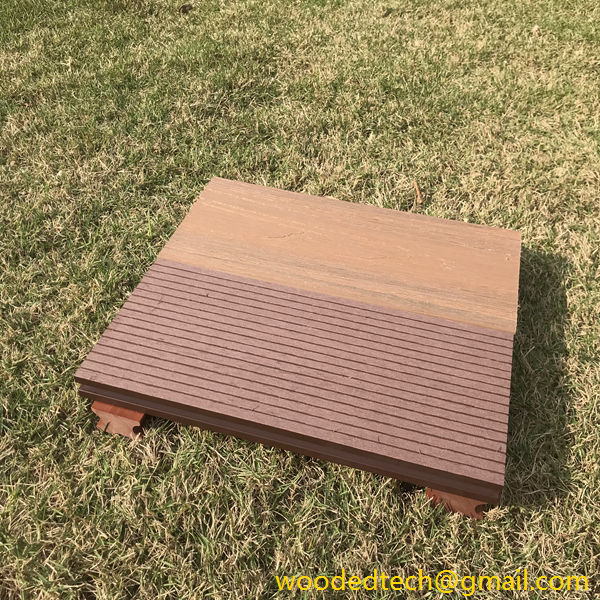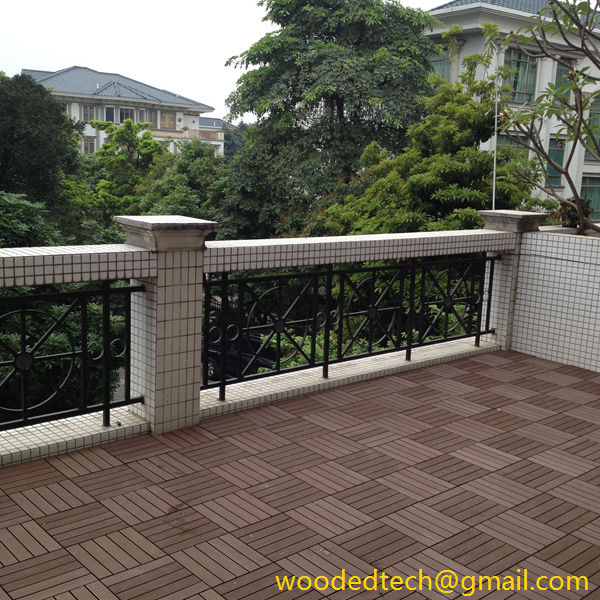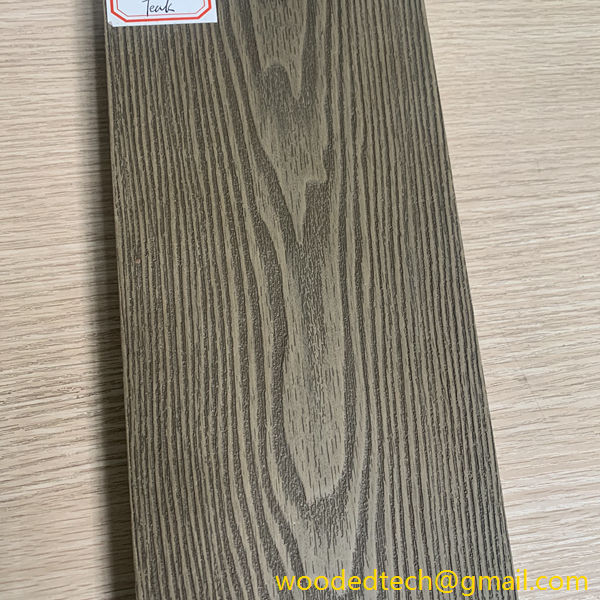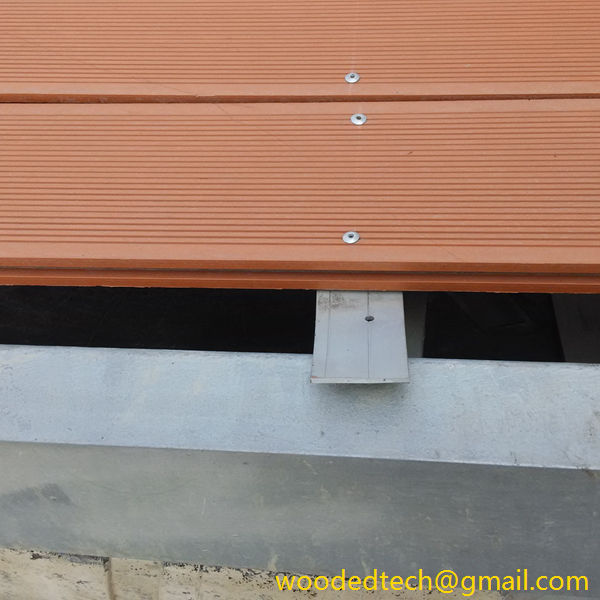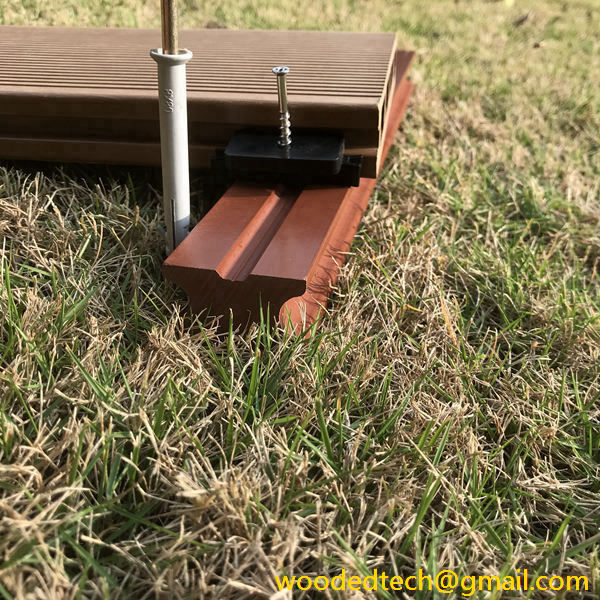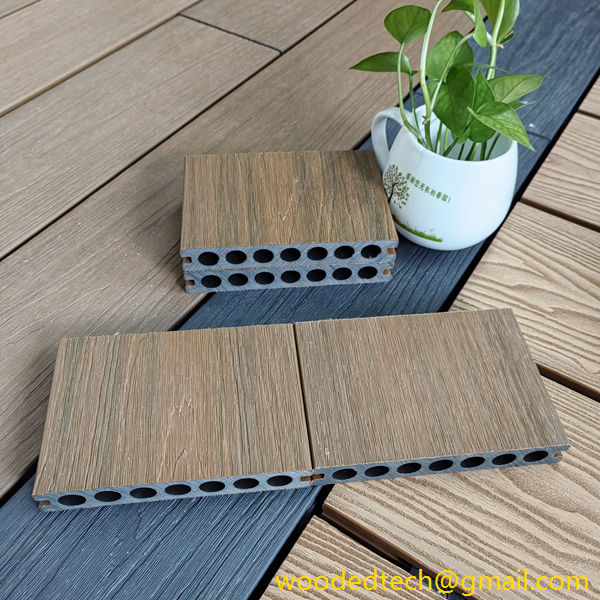What is Faux Wood Flooring: Explore the Advantages of Faux Wood Flooring
What is Faux Wood Flooring: Explore the Advantages of Faux Wood Flooring Faux wood flooring has gained significant popularity in recent years as an attractive alternative to traditional hardwood floors. Made from materials such as luxury vinyl, laminate, or engineered wood, faux wood flooring mimics the appearance of natural wood while offering a range of…
What is Faux Wood Flooring: Explore the Advantages of Faux Wood Flooring
Faux wood flooring has gained significant popularity in recent years as an attractive alternative to traditional hardwood floors. Made from materials such as luxury vinyl, laminate, or engineered wood, faux wood flooring mimics the appearance of natural wood while offering a range of advantages that appeal to a wide variety of homeowners. In this article, we will explore what faux wood flooring is, the advantages it brings, and why it might be the right choice for your home.
At its core, faux wood flooring is designed to replicate the look and feel of genuine wood without the associated costs and maintenance. It utilizes advanced manufacturing techniques and technology to create textures, grains, and colors that closely resemble real hardwood. This innovation allows homeowners to achieve the aesthetic appeal of hardwood floors while enjoying a more practical option.
One of the primary advantages of faux wood flooring is its affordability. Natural hardwood can be quite expensive, not only in terms of the material itself but also regarding installation and maintenance. Faux wood flooring provides a cost-effective solution that can fit various budgets. Homeowners can achieve the desired look without breaking the bank, making it an attractive choice for those looking to renovate or build a new home.
Another key benefit of faux wood flooring is its durability. Unlike traditional hardwood, which can be susceptible to scratches, dents, and water damage, faux wood flooring is often designed to withstand the rigors of daily life. Many faux wood products are water-resistant or even waterproof, making them suitable for high-traffic areas like kitchens and bathrooms. This durability means homeowners can enjoy their floors without worrying about wear and tear, which is especially beneficial for families with children or pets.
Maintenance is another area where faux wood flooring shines. Real hardwood requires regular care, including refinishing, sanding, and polishing to maintain its beauty. In contrast, faux wood flooring typically requires minimal maintenance. Regular sweeping and occasional mopping are usually sufficient to keep these floors looking their best. This low-maintenance aspect is particularly appealing for busy homeowners who may not have the time or resources to dedicate to extensive floor care.
Faux wood flooring also offers versatility in design. With a wide variety of styles, colors, and textures available, homeowners can choose the perfect option to match their interior design preferences. Whether you prefer the rustic charm of reclaimed wood, the sleek elegance of modern oak, or the unique character of exotic woods, there is a faux wood flooring option to suit your taste. This versatility allows for greater creativity in home design and makes it easy to achieve a specific aesthetic.
In addition to its aesthetic appeal, faux wood flooring is often more environmentally friendly than traditional hardwood. Many manufacturers prioritize sustainable practices, using recycled materials and eco-friendly production methods. This focus on sustainability means that homeowners can feel good about their choice, knowing they are making a responsible decision for the environment.
Installation of faux wood flooring is generally more straightforward compared to traditional hardwood. Many options feature click-lock or floating installation systems, which allow for quick and easy setup without the need for glue or nails. This ease of installation can save homeowners both time and money, as they may be able to complete the project as a DIY endeavor or minimize labor costs if hiring professionals.
One of the lesser-known advantages of faux wood flooring is its resistance to fading. While natural wood can lose its color and luster when exposed to sunlight over time, many faux wood products are designed to resist UV damage. This quality ensures that your floors maintain their vibrancy and beauty for years, even in sunlit areas of your home.
Sound absorption is another benefit of faux wood flooring that can enhance the comfort of your living space. Many faux wood options come with underlayment that provides sound dampening properties, reducing noise levels and creating a quieter environment. This feature is particularly valuable in multi-story homes or apartments, where sound can travel easily between floors.
In summary, faux wood flooring presents a remarkable alternative to traditional hardwood that combines beauty, functionality, and practicality. Its affordability, durability, low maintenance requirements, and design versatility make it an appealing choice for homeowners looking to enhance their spaces. Additionally, the environmental benefits and ease of installation further solidify faux wood flooring as a smart investment.
As you consider your flooring options, weigh the advantages of faux wood flooring against your specific needs and lifestyle. Whether you are renovating an existing space or designing a new home, faux wood flooring can provide the aesthetic appeal of natural wood while offering the benefits of modern materials. With its many advantages, faux wood flooring represents a compelling choice for anyone looking to elevate their home’s interior.

